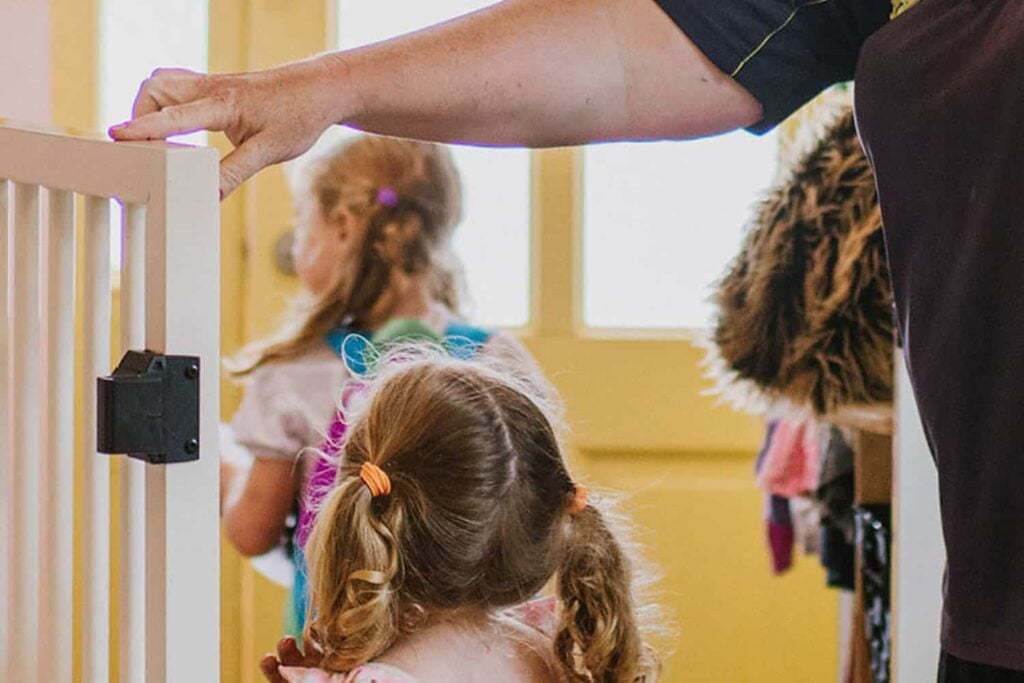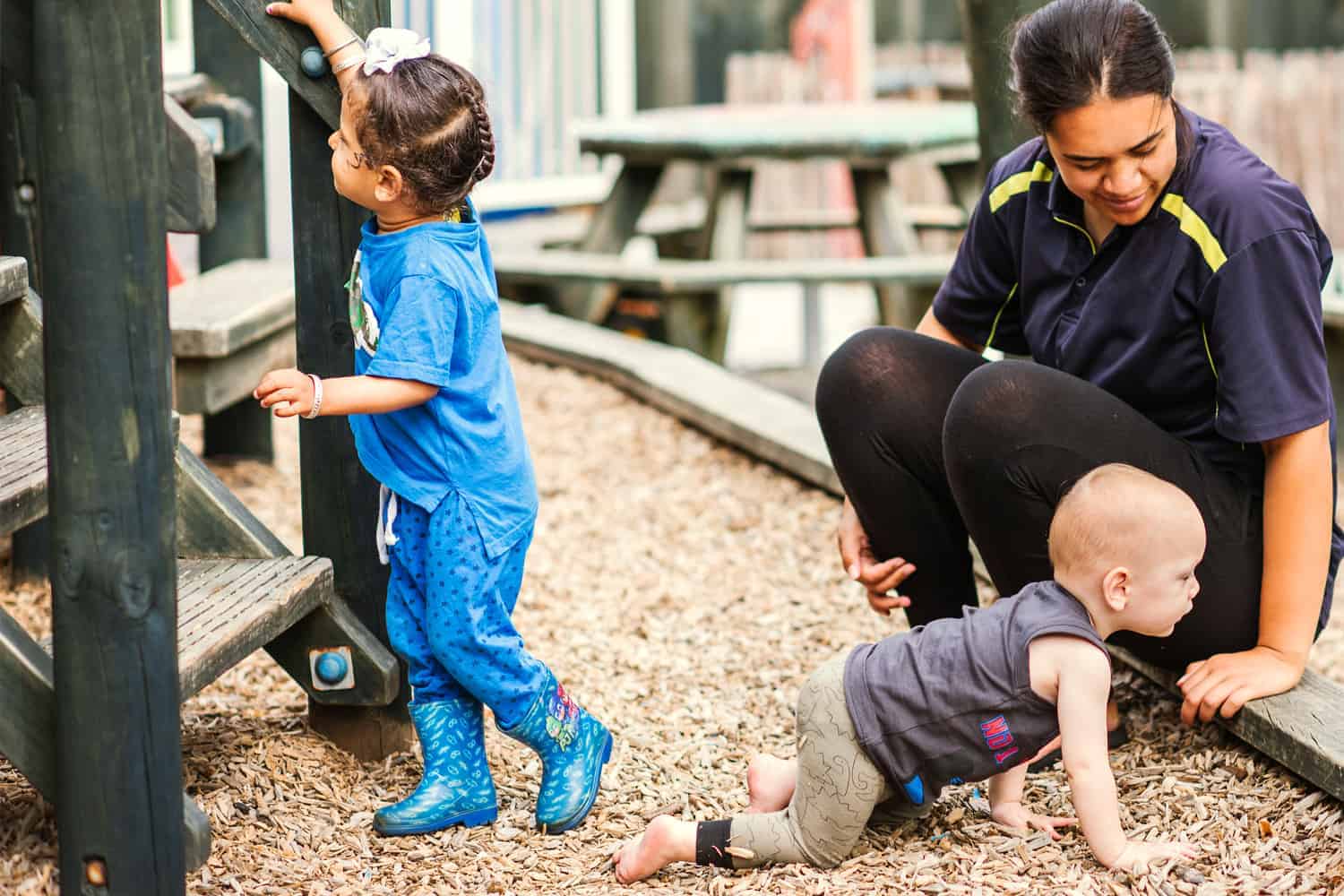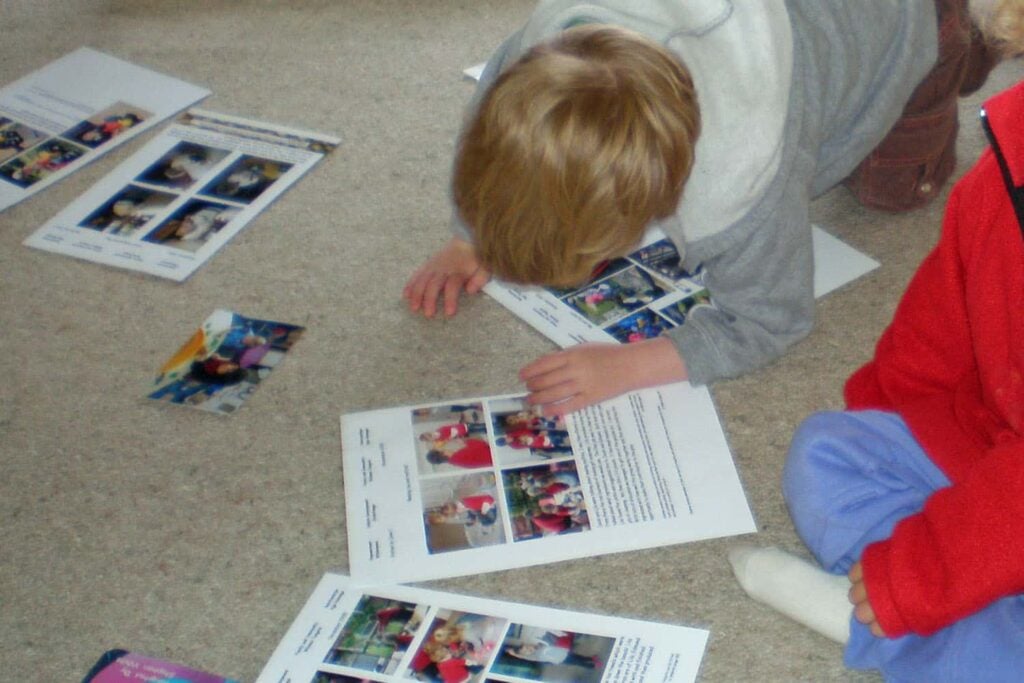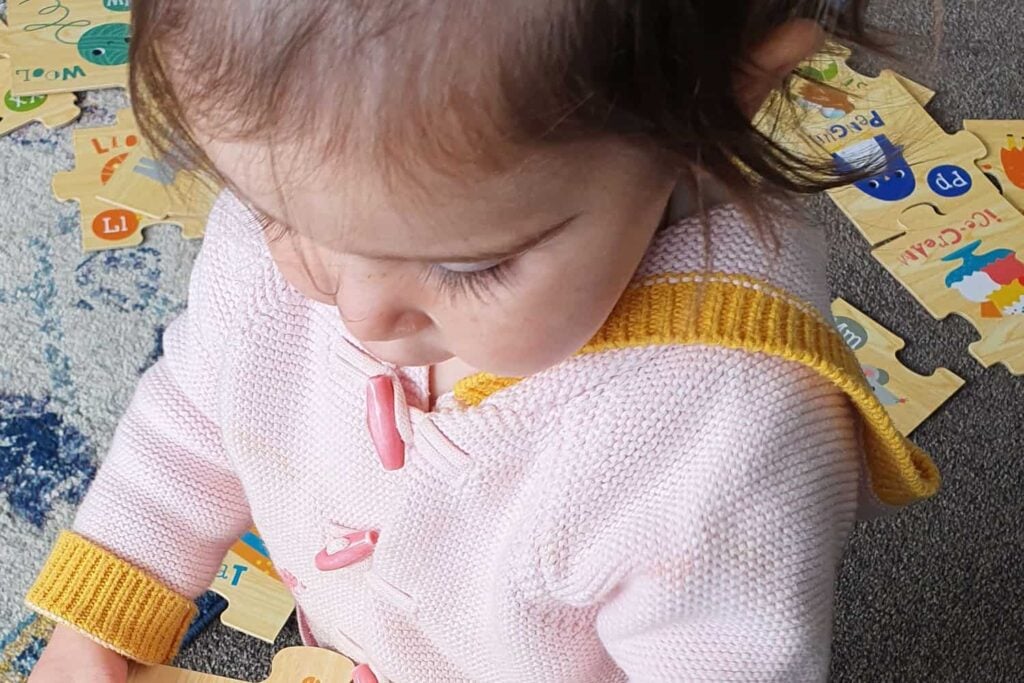Child Supervision Skills.
By Dr Sarah Alexander.
Supervision is key for child safety
Active supervision does not mean just sitting or being in the same area as children. “Active” supervision is about providing a circle of safety for children. To be actively supervising means seeing the children and being within close reach of a child. When active supervision is provided ‘accidents’ are much less likely to occur because adults will/should step in to provide a hand or give ideas to make the situation safer.
When active supervision is provided it is not possible to overlook a child or not know where a child is. For example, no child will be able to leave the service on their own or with other children without it being noticed. No child will be left in the sleep room and forgotten that they are there.
When a child is injured, at least one adult responsible for children should be able to tell you how it happened. If no one knows, then your child was not being actively supervised. That means that the service was not meeting its duty of care to the child. Simply being in the building or in the playground with children is not the same as actively supervising them.
Training in child supervision skills
When new teaching staff are appointed, early childhood service providers and employers are responsible for providing them with a proper induction to the workplace and responsibilities.
As part of staff induction, they need to check and make sure teaching staff know the basic supervision skills and can demonstrate these skills in practice. If the adult cannot, then the adult needs to be provided with training/ coaching and not be counted as teaching staff in the adult:child ratio until they can demonstrate they are competent in supervision.
Four basic child supervision skills adults working with children must know and demonstrate
Setting up and Manging the Environment
How the environment is set up can support or hinder active child supervision. For example a large block construction, tent, or piece of furniture in the middle of the room will not give adults a view of all areas of the room from where they are standing or sitting.
In addition, adults must be aware of how the child/children will use equipment and their needs, for example, by setting up a wash basin outside for children to individually use after they have been gardening.
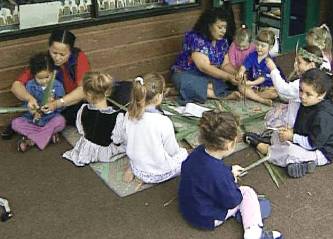
Positioning
How the adult positions themselves in relation to the child/children is important to ensure visibility. The adult should develop the ability to always be thinking “where is the best place to sit, stand, or be in relation to the children so I can see them all easily or know what they are doing?” And, are there corners or objects preventing me from seeing a child?”
Where the adult is positioned affects the line of sight. When supervising a group of children the adult needs to be positioned to see each and not be facing away. For example, sitting at the end of the table gives a better view of all children at the table than sitting at the side. Standing with back facing the wall is likely to allow the adult to see more children in the room and what they are doing than standing sideways.
Adults must not sit or stand facing a wall when there is a child behind them or there is potential for children to be moving or playing behind their back.
Shadowing
Shadowing is when the adult stays with the child wherever they go. So for example, if a child goes to play in a different area of the playground that the adult cannot currently see from where he/she is then the adult will move into the same area of the playground as the child.
With younger children in particular, shadowing can also involve staying just behind, or alongside, but not interfering with the child’s activity unless there is potential for harm. For example an infant may be starting to learn to walk and shadowing the infant is therefore very important, particularly if there are any hard surfaces that the infant could fall on and if there are other children actively moving around too.
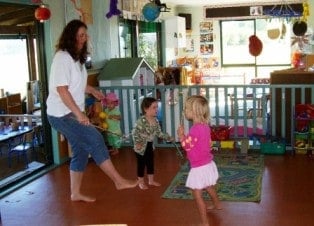 Attentiveness
Attentiveness
The adults attention must never be on anything else other than the child/ children. That means no talking on the phone, working on the computer or I-Pad, or doing cleaning unless it involves the child/ children.
When distracted or needing to do a task, the adult must make sure another adult steps in and takes up active child supervision so that children are at no times not actively supervised. Alternatively, the adult could/ should end the distraction, e.g. “sorry I can’t talk now because I need to be with the children, but we can talk later”, or quickly think of a way to remain attentive to the children while responding to the distraction.
